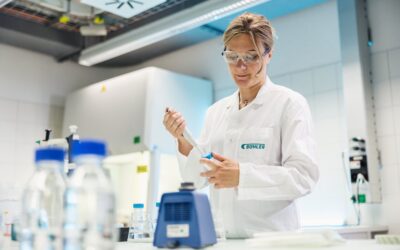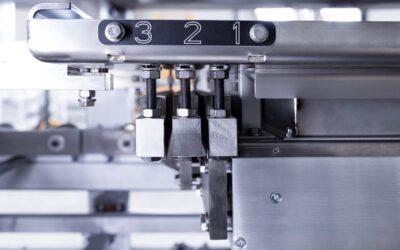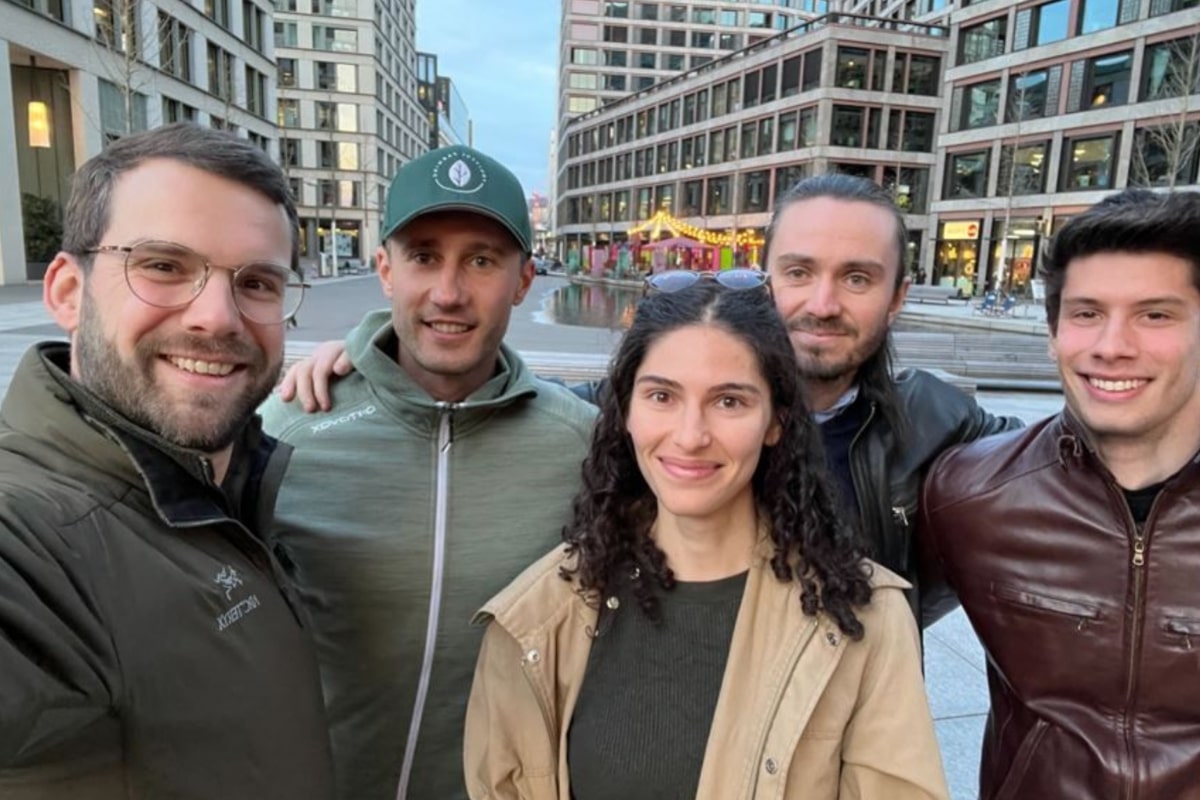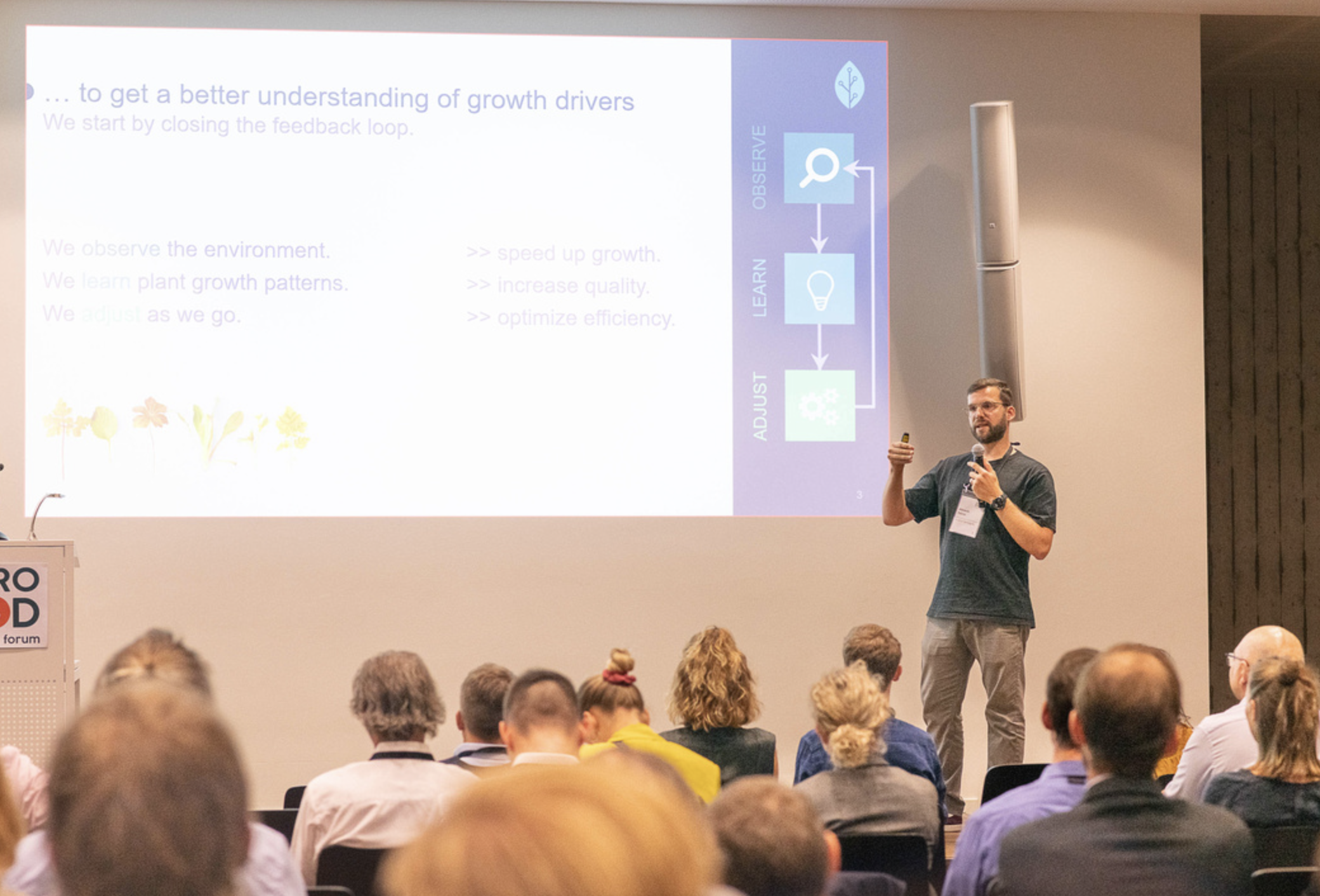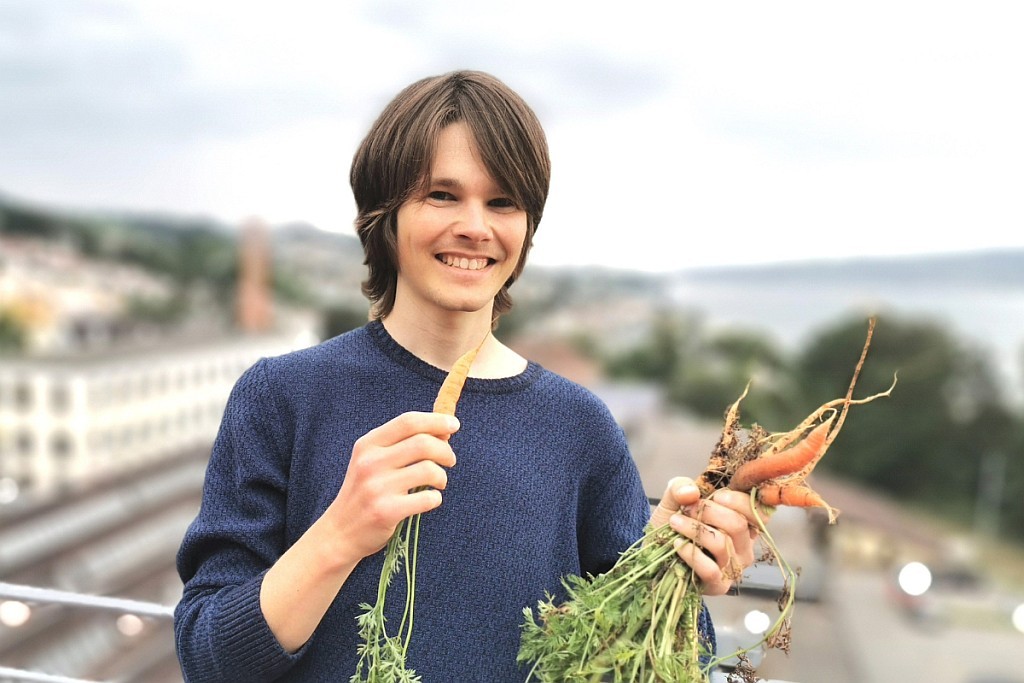Swiss tech leader Bühler Group has...
Mirai Foods collaborates with Rügenwalder Mühle to develop a hybrid product
Mirai Foods collaborates with Rügenwalder Mühle to develop a hybrid product
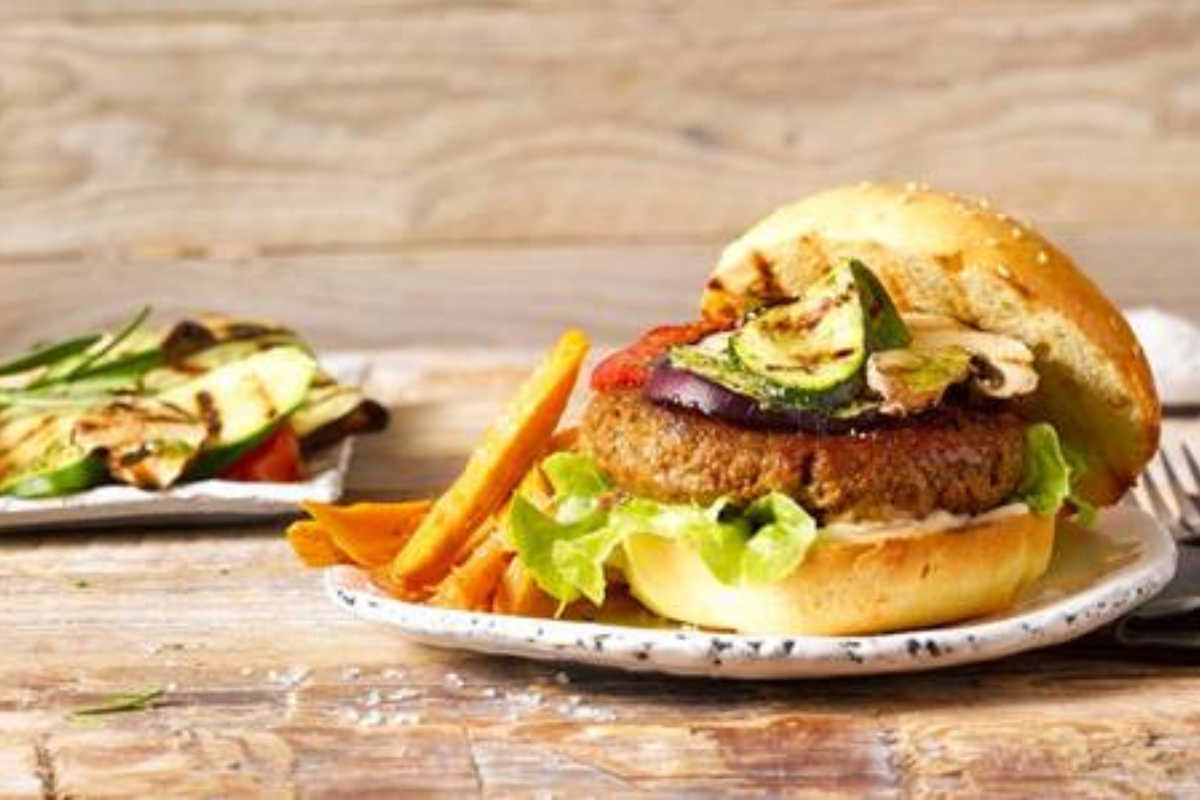
Mirai Foods, the Swiss cultivated meat startup from Zurich, has partnered with Rügenwalder Mühle, the sustainability pioneer and meat alternatives market leader in Germany, to develop a hybrid product.
Rügenwalder Mühle plans to build on their positioning as an innovation leader in the area of vegetarian and vegan meat alternatives by incorporating cultivated meat into their portfolio. The family run business from Bad Zwischenahn (Germany) will partner with the Swiss cultivated meat startup, Mirai Foods to create a new, hybrid product including plant-based proteins and cultivated fat.
Pooling knowledge and skills for sustainable innovation
The two partners will combine their respective knowledge and skills to develop this innovative product. Rügenwalder Mühle will provide its know-how in the area of plant-based meat alternatives, while the Mirai Foods team will share their knowledge around cultivated fat. Mirai has already developed technologies that enable the production of high quality muscle and fat tissue by utilizing bioreactors.
The final product will be a combination of plant-based proteins and cultivated beef fat – a real innovation. The cultivated fat will replace coconut oil, an ingredient currently used in many vegan and vegetarian meat alternatives, and will significantly enhance the taste of the final product.
“It’s the fat in a burger that gives beef the distinctive taste of grilled meat. Until today, it has not been possible to recreate this taste with plant-based fat alternatives,” says Patrick Bühr, Head of Research and Development at Rügenwalder Mühle. The new product will be designed for environmentally conscious flexitarians and meat lovers. The cultivated beef will be completely free of fetal bovine serum (FBS).
“The partnership with Rügenwalder Mühle underscores our claim to leadership in the area of cultivated beef. We are delighted that Rügenwalder appreciates our innovative power and we are looking forward to developing new products together, which will convince even the greatest meat lovers,” says Christoph Mayr, CEO and co-founder of Mirai Foods.
“Through the collaboration with Mirai, we will expand our vegan protein competence with the area of cultivated meat. By combining plant-based proteins and cultivated fat, we close the last remaining gap in terms of taste and continue to defend our claim to co-shape the change in nutritional preferences and to be ‘open for innovation’,” elaborates Patrick Bühr.
Long journey ahead for cultivated meat in Germany
The development of one of the first hybrid products in Germany is part of Rügenwalder Mühle’s journey towards more sustainable meat consumption. Cultivated meat is grown outside of the animal’s body, meaning that no cow has to be slaughtered to produce the product.
“Cultivated meat is one of the largest levers for sustainable meat consumption. The approach significantly reduces the drawbacks of conventional meat production like land usage, water consumption and greenhouse gas emissions,“ explains Patrick Bühr. “However, the necessary regulatory frameworks and approvals still need to be set in Germany and also in the EU. We expect our product to come to the market in 2025 at the earliest. Nevertheless, we are starting with the development today, so that we are ready to act when the regulatory approval is granted.”
Find out more by visiting the Mirai Foods website.
Never miss a Swiss food innovation morsel.
Latest News
Bühler integrates NapaRoast technology to add pasteurization for safe food processing
Bühler launches OptiBake, the world’s first inductively heated wafer oven
Bühler Group’s new OptiBake oven...
House of Lab Science launches food and biotech hub in the Valley
House of Lab Science has launched its...
Impact Digest | Nutrition & Longevity: Striving for longer, healthier lives
As the global population ages, the...
